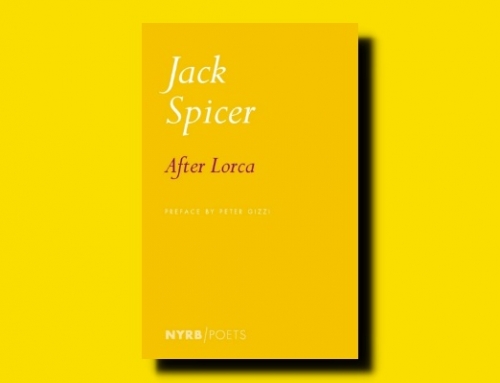
Down Below
by Leonora Carrington (1943)
NYRB Classics (2017)
68 pp
 Leonora Carrington’s short book Down Below , an account of her nervous breakdown and ensuing institutionalization, is less a memoir than a purge. In less than 100 pages, she attempts to thrust her demons out onto the page and into the world.
Leonora Carrington’s short book Down Below , an account of her nervous breakdown and ensuing institutionalization, is less a memoir than a purge. In less than 100 pages, she attempts to thrust her demons out onto the page and into the world.
How can I write this when I’m afraid to think about it? I am in terrible anguish, yet I cannot continue to live alone with such a memory.
Her book is a blunt object, filled with vivid descriptions of Carrington’s world, both the one she perceives in her mind and the one she lives in physically, the terrifying Spanish sanatorium.
In 1940, Carrington was in Europe, knowing the Nazi regime was attempting to conquer everything. As she and some friends were escaping, the world continued to darken around her. People and things no longer represented what they once did. Terrified, with a mind that had already been attacked by other tragedies, by the time they got to Spain she was in a different world entirely.
Carrington recounted these events shortly after she was released from the sanatorium. Her first entry in this account is dated “Monday, 23 August 1943”:
Exactly three years ago, I was interned in Dr. Morales’s sanatorium in Santander, Spain, Dr. Pardo, of Madrid, and the British Consul having pronounced me incurably insane.
As the book begins in 1943, we know she has recovered to some extent. However, it is clear that the horrors she experienced, however bound to her mind, are still very real to her. She admits that she cannot completely tell the full spectrum of her experience because her senses no longer have the “acuity of perception they possessed at the time.” This unflinching honesty and acknowledgement that it all still feels terribly real is one of the short book’s major strengths. As she tells her experience, she doesn’t downplay the horror by telling herself something along the lines of at least it was not real, because it was.
And so the horrors are told to us as matters of fact, as if we should believe everything existed, down to the detailed theology and geography (Carrington has drawn a map of where she was in that dark time that looks like some Danteesque sketch of some forgotten corner of hell). Strangely, though, the place she longs to escape to is Down Below:
I had heard about several pavilions; the largest one was very luxurious, like a hotel, with telephones and unbarred windows; it was called Abajo (Down Below), and people lived there happily.
It’s surrealism at its highest. Indeed, as Marina Warner tells in her introduction to the book, fame surrealist André Breton encouraged her to write down her experience. It’s a strong case that surrealism is realism. And the most terrifying thing about the book is Carrington’s fear it will all become her reality again.









Leave a Reply